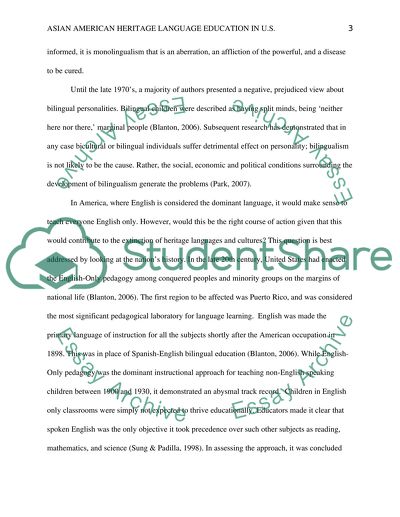Cite this document
(“Asian American Heritage Language Education in U.S Research Paper”, n.d.)
Retrieved de https://studentshare.org/education/1470687-asian-american-education-studies-asian-american
Retrieved de https://studentshare.org/education/1470687-asian-american-education-studies-asian-american
(Asian American Heritage Language Education in U.S Research Paper)
https://studentshare.org/education/1470687-asian-american-education-studies-asian-american.
https://studentshare.org/education/1470687-asian-american-education-studies-asian-american.
“Asian American Heritage Language Education in U.S Research Paper”, n.d. https://studentshare.org/education/1470687-asian-american-education-studies-asian-american.


